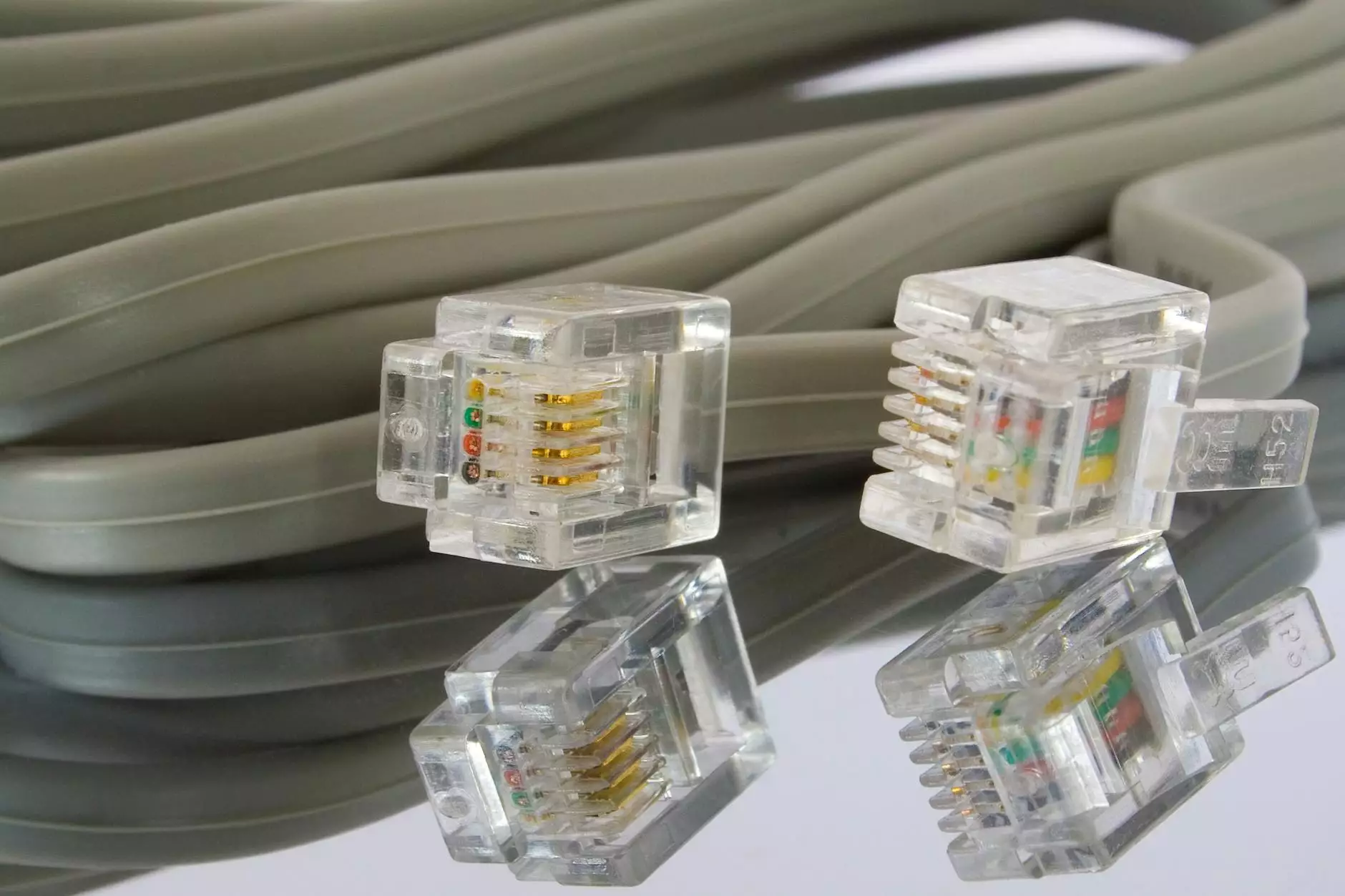Understanding the Importance of Transmission Fluid Pressure Switch

In the realm of automotive engineering, few components hold as much significance as the transmission fluid pressure switch. This small yet crucial device plays a pivotal role in the performance and longevity of a vehicle's transmission system. In this article, we will delve into the intricacies of the transmission fluid pressure switch, covering its functions, benefits, signs of failure, and more. By the end, you’ll have a comprehensive understanding of why this switch is not just an accessory, but an essential part of your vehicle’s operation.
What is a Transmission Fluid Pressure Switch?
The transmission fluid pressure switch is an electromechanical component located within the transmission system of a vehicle. Its primary role is to monitor the pressure of the transmission fluid as it circulates through the system. By detecting the fluid pressure, the switch communicates crucial information to the vehicle's computer or Engine Control Unit (ECU). This feedback is vital for regulating the transmission and ensuring smooth operation.
How Does It Work?
The fundamental operation of a transmission fluid pressure switch is straightforward yet effective. Here’s a breakdown of its functionality:
- Pressure Sensing: The switch contains a diaphragm that responds to changes in fluid pressure.
- Signal Generation: When the pressure exceeds or drops below a certain threshold, the diaphragm activates a switch that sends an electrical signal.
- ECU Communication: This signal is sent to the ECU, which processes the information to determine if the transmission is functioning correctly.
The Role of the Transmission Fluid Pressure Switch in Vehicle Performance
A properly functioning transmission fluid pressure switch is crucial for several reasons:
1. Ensures Optimal Transmission Performance
By constantly monitoring the fluid pressure, the switch helps maintain the optimal performance of the transmission. Should the pressure drop too low, the ECU can initiate corrective measures, such as altering shift patterns to accommodate the change in hydraulic pressure.
2. Prevents Damage to the Transmission System
Inadequate fluid pressure can lead to severe transmission issues, including overheating and failure. By providing real-time data to the ECU, the transmission fluid pressure switch acts as a safeguard, preventing damage before it occurs.
3. Enhances Fuel Efficiency
A well-maintained transmission translates to better fuel efficiency. By ensuring that the transmission operates smoothly, the fluid pressure switch indirectly contributes to lower fuel consumption and improved mileage.
Signs Your Transmission Fluid Pressure Switch Needs Attention
Being aware of the symptoms indicating a faulty transmission fluid pressure switch can save you from costly repairs and ensure your vehicle remains in top form. Here are the key signs to look for:
- Warning Lights: The most immediate indicator is the illumination of the transmission warning light on your dashboard.
- Unusual Shifting: Hard or erratic shifting can indicate that the transmission is struggling due to improper pressure readings.
- Fluid Leaks: Leaking transmission fluid could signal a problem with the pressure switch or another transmission component.
- Transmission Slipping: If you experience your vehicle slipping out of gear unexpectedly, this could point to pressure issues related to the switch.
Benefits of Regular Maintenance for the Transmission Fluid Pressure Switch
Maintaining your vehicle’s transmission system, particularly the transmission fluid pressure switch, offers a variety of advantages:
- Increased Reliability: Regular checks ensure that the switch and the transmission operate reliably, reducing the likelihood of breakdowns.
- Cost-Effective: Preventative maintenance can save significant costs associated with repairs and replacements down the line.
- Informed Driving: A functioning switch provides drivers with critical information, enabling better decision-making related to vehicle use and maintenance.
- Enhanced Vehicle Lifespan: Routine maintenance promotes a longer life for your vehicle, preventing premature wear and tear.
How to Maintain Your Transmission Fluid Pressure Switch
Keeping the transmission fluid pressure switch in optimal condition involves several maintenance routines:
1. Regular Fluid Checks
Transmission fluid should be checked regularly as part of your vehicle’s routine maintenance. Ensure that the fluid levels are adequate and the fluid is clean and free from debris.
2. Seek Professional Inspections
Having a qualified technician inspect your transmission system can help identify any potential issues with the pressure switch or other components early on.
3. Change Transmission Fluid as Recommended
Following your vehicle manufacturer’s guidelines regarding transmission fluid changes can prevent buildup and ensure the fluid retains its properties. Regular fluid changes help maintain pressure effectively.
When to Replace Your Transmission Fluid Pressure Switch
Even with regular maintenance, there will come a time when a replacement is necessary. Here are the scenarios when you should consider replacing the transmission fluid pressure switch:
- Failed Diagnostic Tests: If diagnostic tools reveal that the switch is malfunctioning, it should be replaced promptly.
- Persistent Warning Lights: Continued illumination of warning lights despite visually inspecting the system indicates that replacement could be necessary.
- Fluid Leaks: Should you discover fluid leaks directly related to the switch, it’s crucial to address this immediately to prevent further damage.
Finding Quality Parts: Why Choose Shenghai Auto Parts for Your Transmission Fluid Pressure Switch
When it comes to sourcing quality automotive components, Shenghai Auto Parts stands out as a reputable supplier. Here’s why:
1. Wide Selection of Quality Auto Parts
Shenghai Auto Parts offers a vast inventory of auto parts, including the crucial transmission fluid pressure switch. With options that meet or exceed OEM specifications, you can trust that you are getting the best for your vehicle.
2. Expert Guidance
The knowledgeable staff at Shenghai Auto Parts can assist you in selecting the right components tailored to your vehicle's needs. Their expertise ensures that you make informed purchasing decisions.
3. Competitive Pricing
Quality doesn’t have to break the bank. Shenghai Auto Parts provides competitive pricing on all auto parts, making it easier for you to maintain your vehicle without overspending.
4. Customer Satisfaction
With a focus on customer care, Shenghai Auto Parts prioritizes your satisfaction. From pre-sales advice to post-purchase support, you’re in good hands throughout your entire experience.
Conclusion: The Critical Nature of Your Transmission Fluid Pressure Switch
In automotive systems, the transmission fluid pressure switch serves as an unsung hero, contributing significantly to vehicle efficiency, longevity, and performance. Understanding its function and maintaining it properly can lead to significant benefits for drivers, including enhanced reliability and cost savings. By staying vigilant and proactive in your vehicle maintenance practices, especially regarding the transmission system, you ensure a smoother, safer, and more enjoyable driving experience.
Don’t overlook this small component; its role is vital. For top-quality transmission fluid pressure switches and other auto parts, visit Shenghai Auto Parts today!









